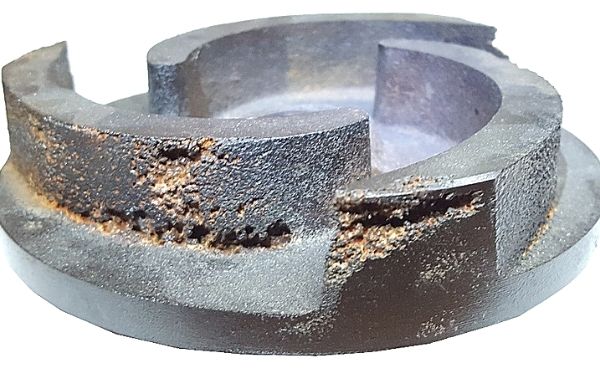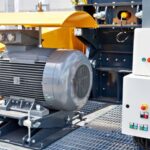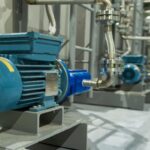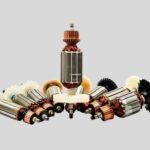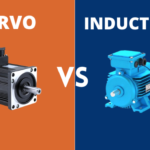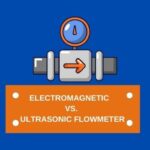What causes pump cavitation and how to avoid it?
Have a pump that makes popping sounds, or sounds like it’s pumping marbles? If so, you may have a cavitation problem. Pump cavitation can cause a number of issues for your pumping system, including excess noise and energy usage, not to mention serious damage to the pump itself.
what is pump cavitation?
Cavitation in pumps is the rapid creation and subsequent collapse of air bubbles in a fluid.
When the Net Positive Suction Head Available (NPSHa) is lower than the Net Positive Suction Head Required (NPSHr), cavitation will begin to occur.
various cause of pump cavitation
- Vaporization cavitation also called inadequate NPSHa cavitation.
- Internal re-circulation cavitation.
- Vane passing syndrome cavitation.
- Air aspiration cavitation.
- Turbulence cavitation.
Prevention or Action measures to be taken against pump cavitation are discuseed in the following sections.
1. Pump cavitation due to vaporization
It’s called “classic Cavitation”. According to Bernoulli’s Law, when velocity goes up, the pressure goes down. Centrifugal pump works by acceleration and imparting velocity to the liquid in the eye of the impeller. Under the right conditions, the liquid can boil or vaporize in the eye of the impeller. When this happens we say that the pump is suffering from vaporization cavitation. This type of cavitation is also called inadequate NPSHa cavitation. To prevent this type of cavitation, the NPSHa in the system (the available energy in the system), must be higher than the NPSHr of the pump (the pump’s minimum energy requirement).
How to prevent cavitation due to vaporization
- NPSHa > NPSHr + 3 ft or more safety margin
- Lower the temperature.
- Raise the liquid level in the suction vessel.
- Change the pump.
- Reduce motor RPM if possible.
- Increase the diameter of the eye of the impeller.
- Use an impeller inducer and two lower capacity pumps in parallel.
- Use a booster pump to feed the principal pump.
2. Pump Cavitation by Internal circulation
This is a low flow condition where the discharge flow of the pump is restricted and the product cannot leave the pump. The liquid is forced to re-circulate from high-pressure zones in the pump into low-pressure zones across the impeller. This type of cavitation originates from two sources. First, the liquid is circulating inside the volute of the pump at the speed of the motor and it rapidly overheats. Second, the liquid is forced to pass through tight tolerances at very high speed the heat and the high velocity cause the liquid to vaporize.
How to prevent pump cavitation due to internal circulation
- This condition cannot be corrected on pumps with an enclosed impeller.
- You need to open the restricted discharge valve on the pump.
- The problem could be a clogged downstream filter.
- A closed discharge valve.
- An over-pressurized header.
- Check valve installed backward
- Operating the pump at or close to shut-off head.
3. Pump Cavitation due to vane passing syndrome
The free space between the impeller blade tips and the cutwater should be 4% of the impeller diameter
This is caused by use of a larger diameter impeller or from re-metalizing or coating the internal housing of the pump. Free space between the impeller blade tips and the cutwater should be at least 4% of the impeller diameter. For smaller spaces, the liquid velocity between these spaces becomes very high. This high liquid velocity leads to low pressure, heating, bubble formation and hence cavitation.
With the pump disassembled the damage is seen on the blade tips at the OD of the impeller and just behind the cutwater on the internal volute wall.
To prevent pump cavitation due to vane passing
To prevent damage due to such cavitation, free space between the impeller blade tips and the cutwater should be at least 4% of the impeller diameter. For example, for a 10” impeller, the free space should be 4% of the impeller diameter between the blade tips and the cutwater. 10” x 0.04 = 0.4”.
4. Pump cavitation due to air aspiration
Air can be drawn into the piping and pump from diverse forms and different points. Air can enter into the piping when the pump is in vacuum, through following routes –
- Through pump shaft packing.
- Valves stem packing on valves in the suction piping.
- Joint rings on suction piping.
- Flange faces sheet gaskets at pipe joints.
- O-rings and threaded fittings on instrumentation in the suction piping.
- O-rings and other secondary seals on single mechanical seals.
- The faces of single mechanical seals.
- Air can also enter into the pump from bubbles and air pockets in the suction piping.
- Liquids that foam can introduce air into the pump.
- To prevent pump cavitation due to air aspiration
- Tighten all flange faces and gaskets.
- Tighten all pump packing rings and all valve stem packing on suction piping.
- Keep the velocity of the fluid in the suction piping at less than 8 ft per second. It may be necessary to increase the diameter of the pipe.
- Consider using dual mechanical seals with a forced circulation barrier fluid.
5. Pump cavitation due to turbulence
Turbulent flow leads to formation of vortexes in pump suction. Inadequate piping, sharp elbows, restrictions, filters and strainers in suction line contribute to turbulence. The waterfall effect in suction vessels is another contributing factor to pump turbulence.
To prevent pump cavitation due to excess turbulence in suction line
- Design the pump suction piping and routing to avoid excess turbulence

